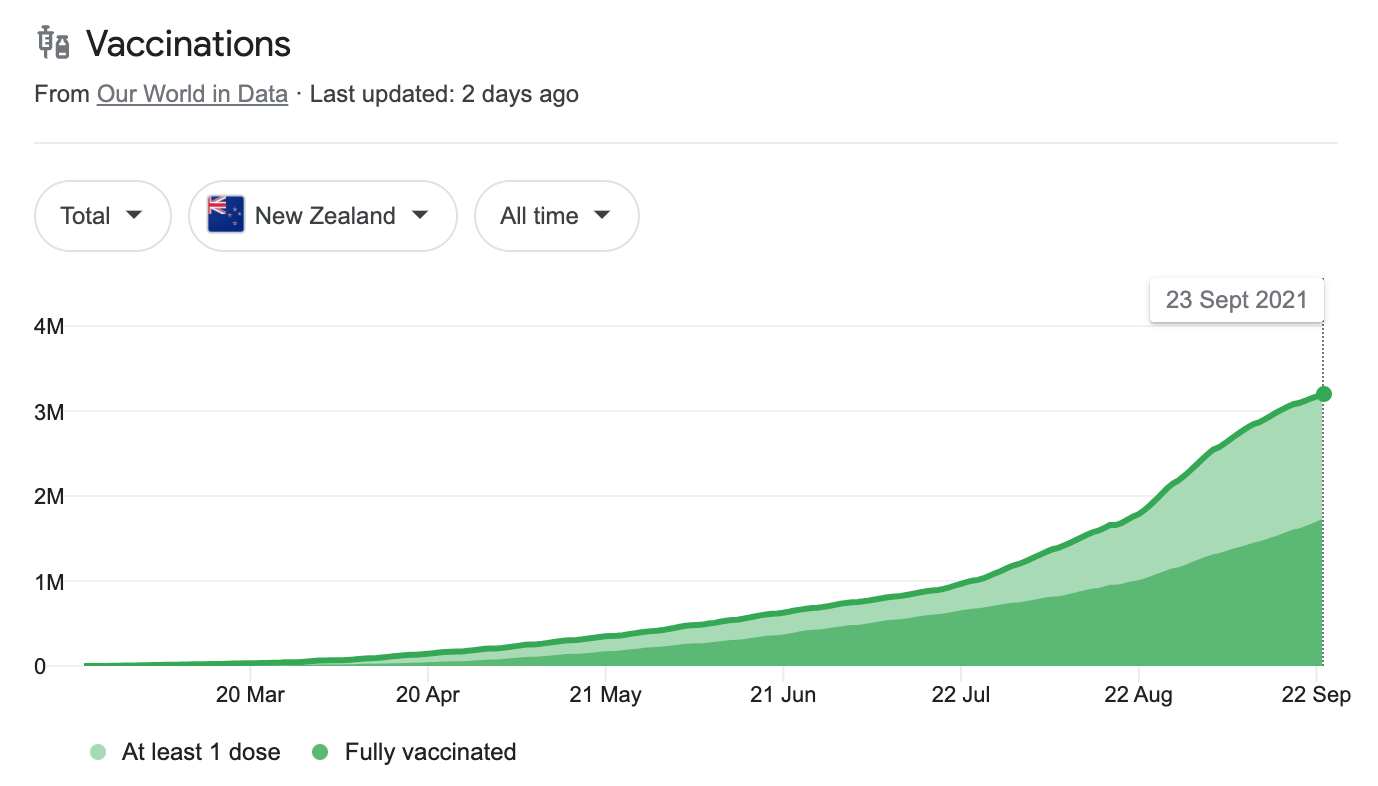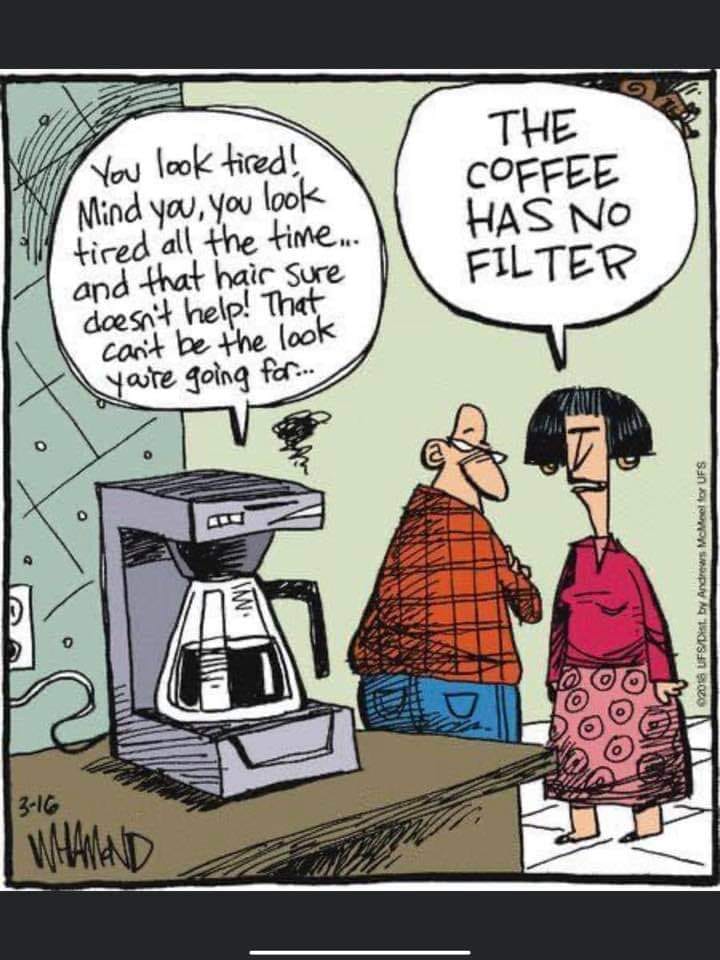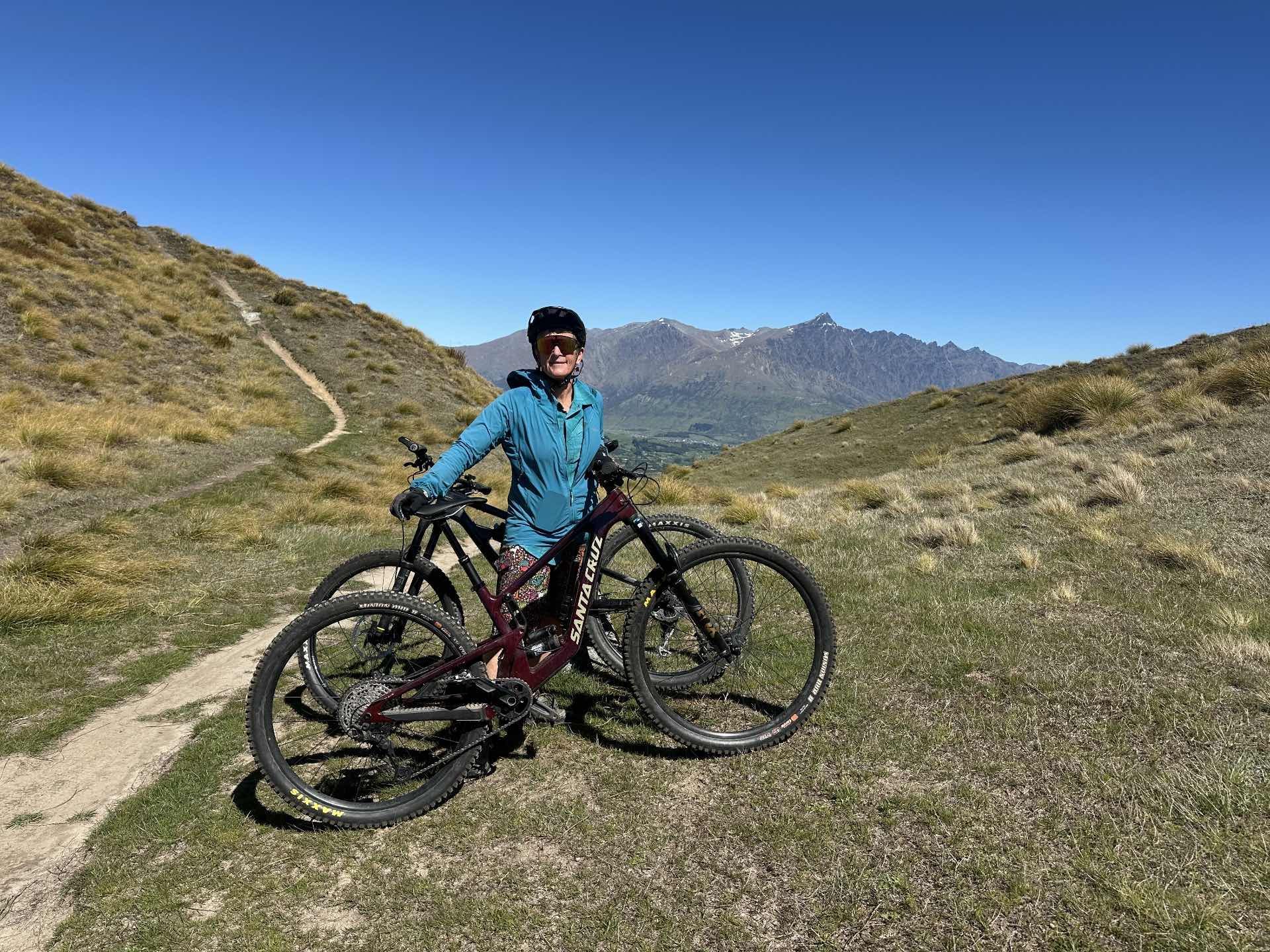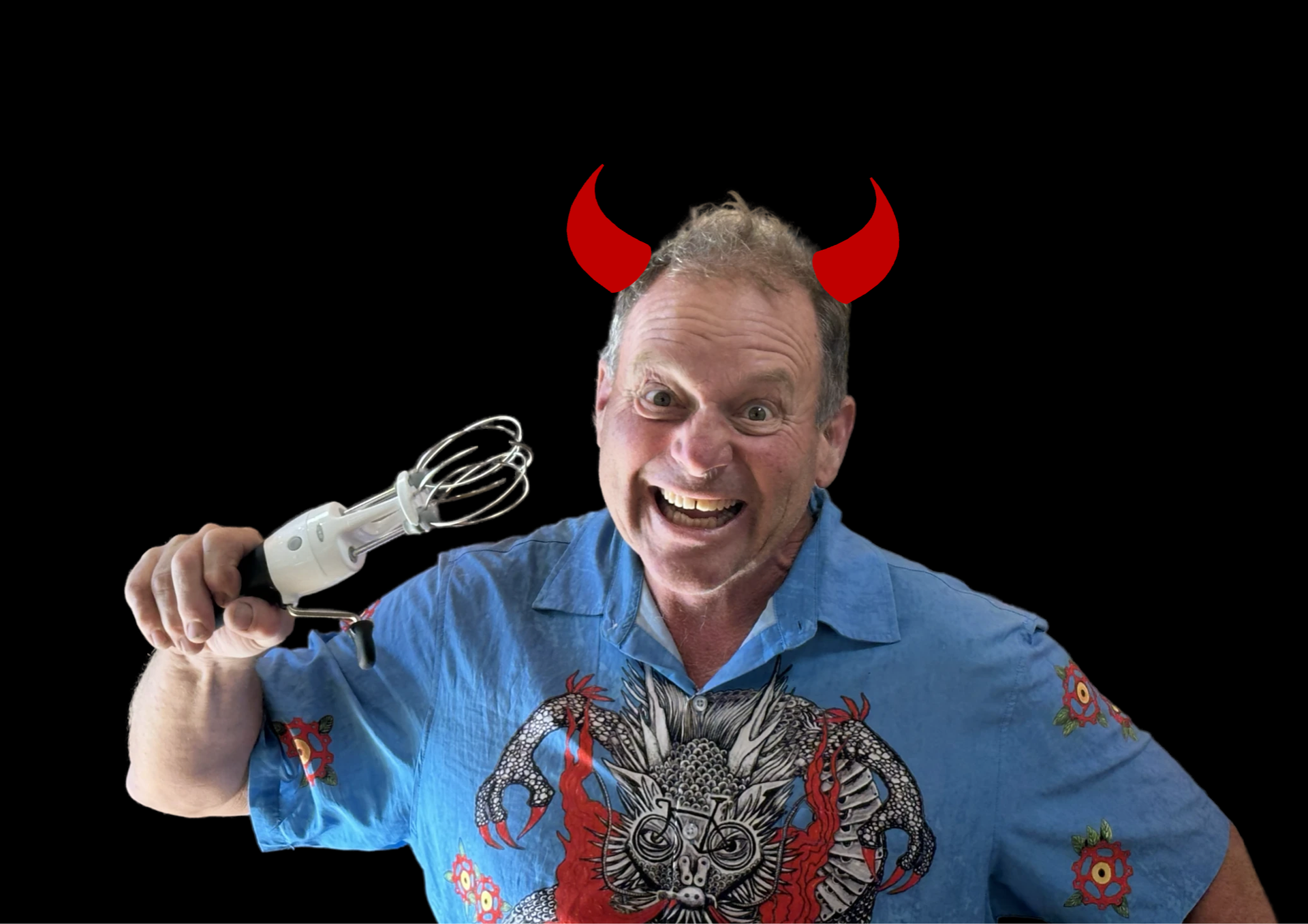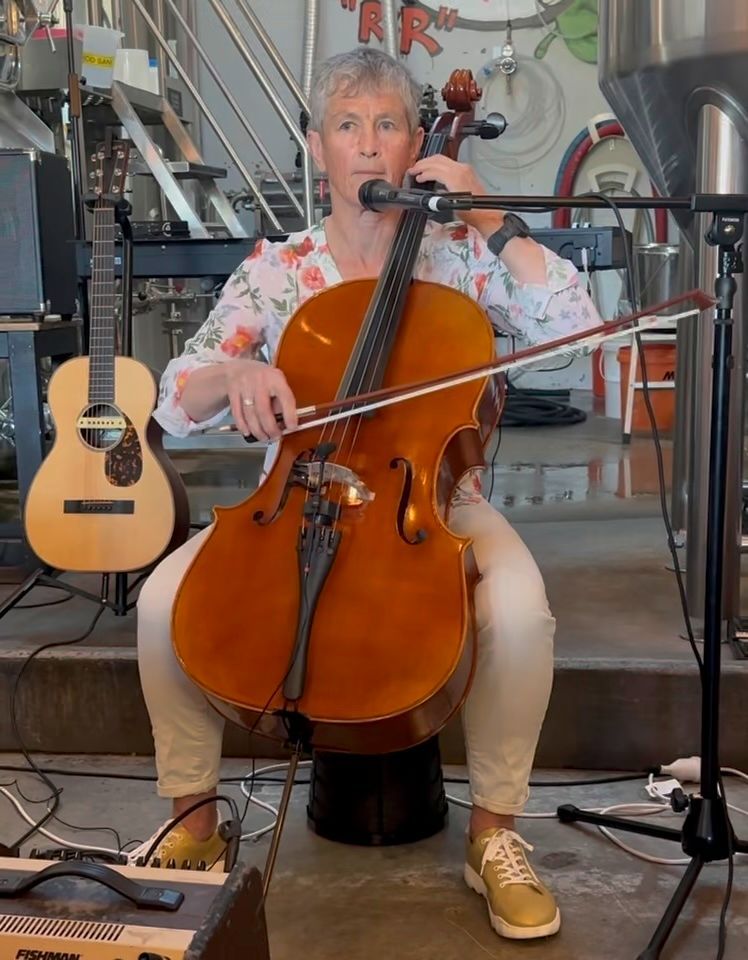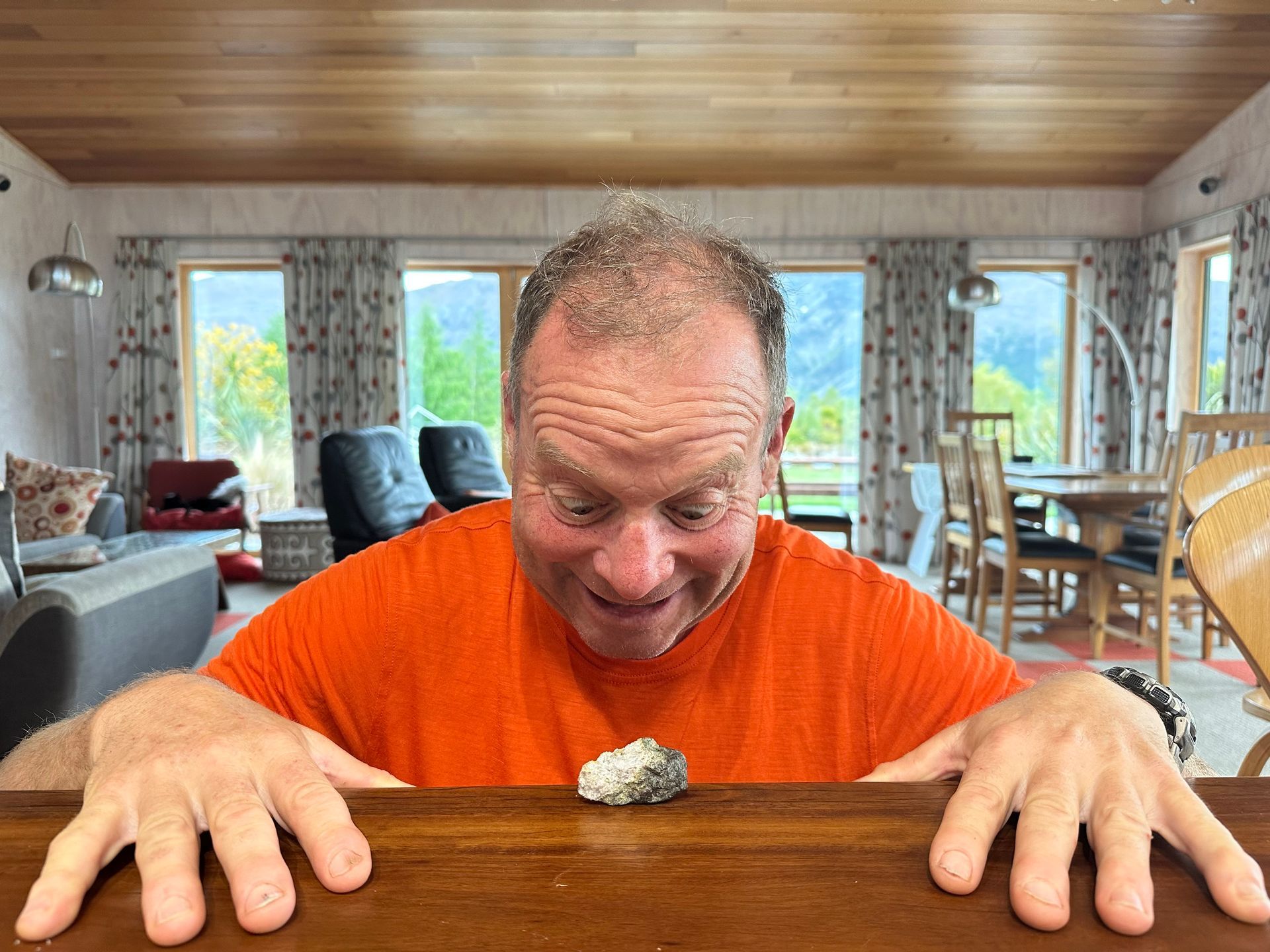What to believe

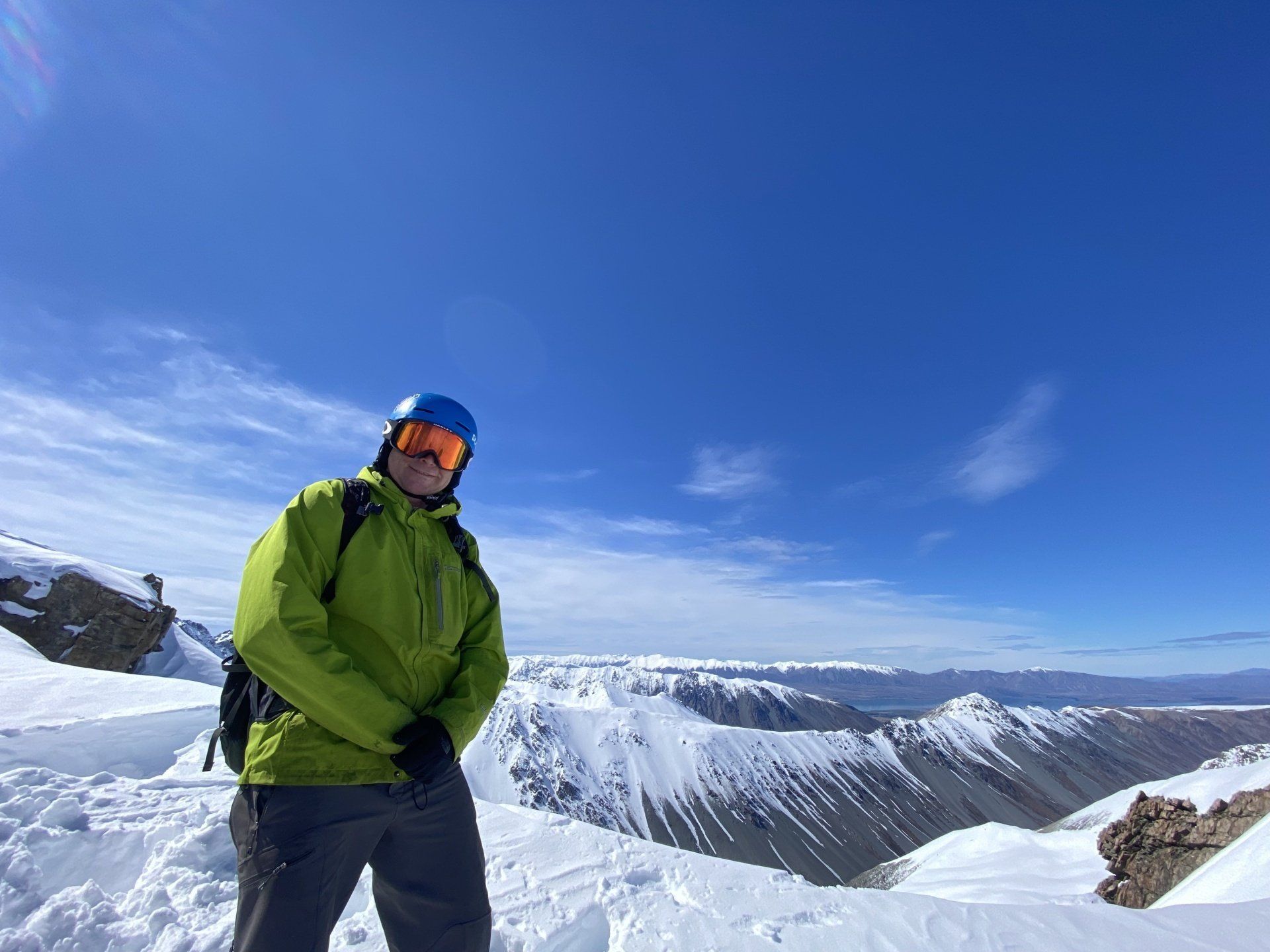
We were pretty darn lucky this week and had a beautiful day heli-skiing in the vicinity of Mt Cook with friends Nic and Andy. I wasn’t sure whether to mention this and share pictures with people in other parts of New Zealand as, if I was in Auckland, I am not sure I would want to see pictures of people having lots of fun in stunning mountain scenery. One part of me says that, it is better to see that other people are enjoying their freedom because if other people have freedom not available to you, it would be pretty darned annoying if they weren’t making the most of it. The other part of me says that I don’t want to see movies of great overseas travel destinations because I can’t go there at present, so why torture myself with looking at potential that is unattainable. Anyhow, you have already seen the pictures.
Where the believing bit comes into this scenario is, do you believe that the helicopter you are in might actually crash? And do you believe that there might really be an avalanche when you are skiing and you might get caught in it? We did a brief avalanche drill with our guide before getting in the helicopter. Chris and I have done multiple avalanche courses, but it is always good to do a refresher at whatever scale; Nic and Andy had not done any avalanche courses and Nic found the concept of real avalanches a bit confronting. I thought about whether to try to make myself believe harder in avalanches, because that would focus me on remembering the right things to do. If you don’t really believe an avalanche is going to happen you don’t focus nearly as hard on remembering the correct search procedure.
Helicopters are pure fun, like motorbikes in the sky, which is all good as long as you don’t think about the statistics of how often they crash. I generally try to make myself believe in avalanches, because I have a degree of control over the outcome of the situation if there is an avalanche and I have more control in terms of avoiding an avalanche. However, there is no point in my believing in helicopter crashes once I am in a helicopter, because I have no control at all. Thinking about crashing will simply take away from my enjoyment of the experience. It is much better to switch off all risk assessment brain function and enjoy the roller coaster ride feeling when the helicopter drops like a stone from the ridge or swoops around in a high-G turn. I am quite sure that neither the pilot nor the guide want to die in a crash so I have to trust that they are doing their utmost to make sure that none of us will.

Looking up helicopter crash statistics, there are about 20 crashes a year in New Zealand for every 100,000 hours helicopters fly for transport purposes. However, the type of helicopter we were in (a Squirrel AS350) has the least number of accidents of any type of helicopter. From 2000 to 2017 Squirrels only had 1 fatality on average for every 100,000 hours flown in New Zealand. In 2011-2014 New Zealanders drove about 1500 million hours and there were 292 deaths, that’s about 0.02 deaths for every 100,000 hours driven. Driving is clearly a lot safer than flying in helicopters, but I had never actually figured out how much safer before. I could go on and try and estimate my risks for a whole lot of other activities in which I engage, like mountain biking, or solo tramping. Would this be helpful in terms of my making best decisions about how to live my life? Or would it become downright confusing?
A friend who is vaccine hesitant has been asking me a lot of questions about the risks of vaccines as opposed to the risks of getting COVID, for them in particular. This person has a reasonable fear of the medical system, having been poorly treated in their teenage years and having significant ill health as a result. Consequently, they believe that the medical system can harm them, which, of course, it can. This person believes in such harm much more viscerally than I do, because the harm happened to them, just like someone who has been in a helicopter crash is a lot more likely to viscerally believe that helicopters fall out of the sky.
I tried the statistics approach out on the person, pointing out that statistics say their profession puts them at significantly more risk of death than does a COVID vaccine (as would a helicopter ride). However, the person haven’t had a bad accident in their profession, so such statistics didn’t appear to have much impact on them. On the other hand, this person believes in their body’s ability to fight off ill health, because they have experience of achieving good health without medicine rather than with it. We have had an interesting discussion, as it is not so much a situation where facts get in the way, as that facts don’t have sufficient weight because of a person’s existing beliefs, which have more weight.
I realise it is also so much easier to think of vaccination levels in bulk than at the person by person level, where every reluctant vax discussion is a tricky one (trickier than the virus, I would suggest). New Zealand’s aspirational goal is to get 90% of the eligible population vaccinated. Recent modelling suggests that, at 80% vaccination of the eligible and then removal of all restrictions, there could be 7000 deaths in a year , or 140 a week. The bigger problem in this picture is how many people would be hospitalised, filling up beds, and particularly ICU beds, preventing people being treated for other illnesses (this particular modelling scenario suggests 58,000 hospitalisations). Modellers are now disagreeing about the accuracy of models and whether such data should be shared – should we be inspiring vaccination by fear, or by incentives, or both? For me, the Stockdale Paradox provides the answer. We should have the modelling information, and directly face what could be the worst, while still believing there is a good ending to this narrative.
